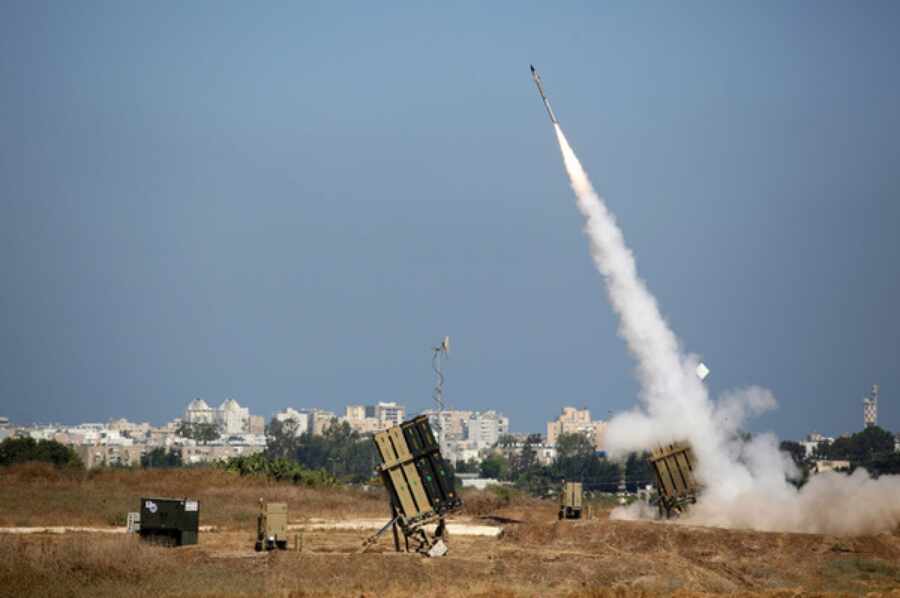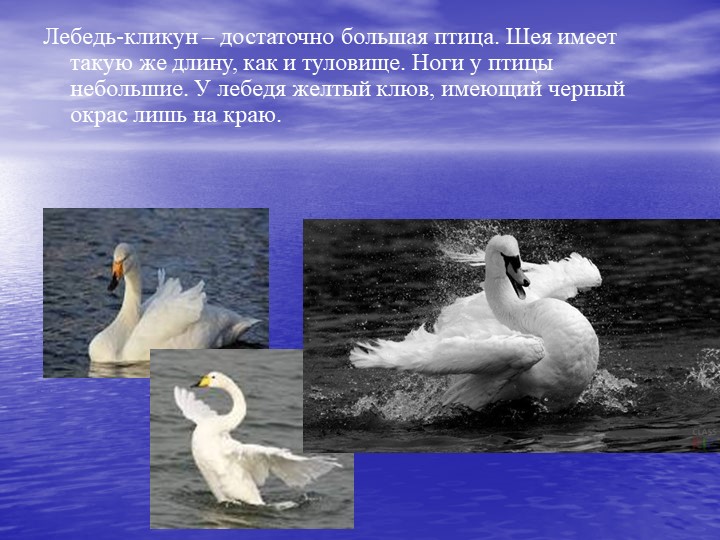
Combat patrols of the PIU Dzik. Promotions from Malta and Beirut
ORP Dzik is on the side of the Storm Reserve in reserve. Photo taken in 1946. editorial archive
During World War II, the Polish submarine ORP Dzik gained notoriety as the second (after Falcon) with the Terrible Twins, i.e. the Terrible Twins, operating effectively and with considerable success during numerous combat patrols in the Mediterranean. . Unlike the Sokol ORP, which fought under the WWI flag since 1941, its newer "twin" achieved all its combat successes in 10 months of a hard and exhausting campaign (May 1943 - January 1944).
The assembly of the ship on the slipway was initiated by the Vickers-Armstrong shipyard in Barrow-in-Furness by laying the keel on December 30, 1941. The unit was one of 34 British-built single-hull submarines of the 11th Group, slightly improved (compared to the 1942 and 12 series) Type U. XNUMX October XNUMX the white and red flag was hoisted and XNUMX December into service with the Navy Poland entered tr.
The unit was named ORP Dzik (with the tactical sign P 52). The British handed over a new unit to the Poles as compensation for the loss of the Polish submarine ORP Jastrząb, which was sunk by mistake on 2 May 1942 in the Arctic Sea by the escort of convoy PQ on 15 Mar. Boleslav Romanovsky was very pleased with this fact. He received a new unit (after the very "old" Jastrzębie) and, in addition, he already knew this type very well (as well as part of its crew), because earlier in 1941 he had been deputy commander of the twin commander of the Sokol ORP and was in patrol near Brest.
The test depth of the “U” type ship was 60 m, and the operational depth was 80 m, but in critical situations the vessel could sink up to 100 m, which was proved by one of the cases on the Sokol military patrol. The ship was also equipped with 2 periscopes (guard and combat), type 129AR blue, hydrophones, a radio station and a gyrocompass. Food supplies for the crew were taken for about two weeks, but it happened that patrols dragged on for more than a week.
U-class submarines were very difficult to use in combat due to their very low surface speed of only 11,75 knots, making it difficult to pursue and intercept enemy ships, as well as ships that exceeded 11 knots. ships (in comparison, the larger British Type VII submarines had a top speed of at least 17 knots). The only "measure to correct" this fact was the early deployment of "U" submarines near enemy ports or on a known route of enemy units, which then themselves could enter the sector occupied by a submarine. However, the enemy also knew this tactic, and especially in the Mediterranean Sea (where the Falcon and Vepr achieved all their combat successes), these areas were patrolled by Italian and German ships and aircraft; The constantly new and numerous minefields were also dangerous, and the Axis ships themselves were armed, mostly zigzag and often escorted along the route. That is why all the successes achieved by the commanders Sokol and Dzik during the Great Patriotic War deserve great recognition.
Both of our Terrible Twins carried British Mk VIII torpedoes with a warhead (torpex) weighing 365 kg on combat patrols. Some of them sometimes failed due to a defect in the gyroscope (the most common defect of these torpedoes), due to which they made a full circle and could be dangerous to the ship firing them.
Beginning of the Dzik service
After completing the acceptance tests, the Dzik was sent to the Holy Loch base in Northern Ireland on December 16, 1942, where the crew (periodically belonging to the 3rd Submarine Flotilla) had to undergo a period of necessary training. During the exercise, the ship became entangled in the net, which prevented the exit from Holy Loch (the reason was the incorrect navigational installation of the net - for this reason they “fell”
there are 2 more allied ships in it). Vepr's left screw was damaged, but it was quickly repaired.
